11/14/2022 | Cooling Tower Water Treatment | 9 MINUTE READ
pH and the Removal of TDS from Cooling Tower Water
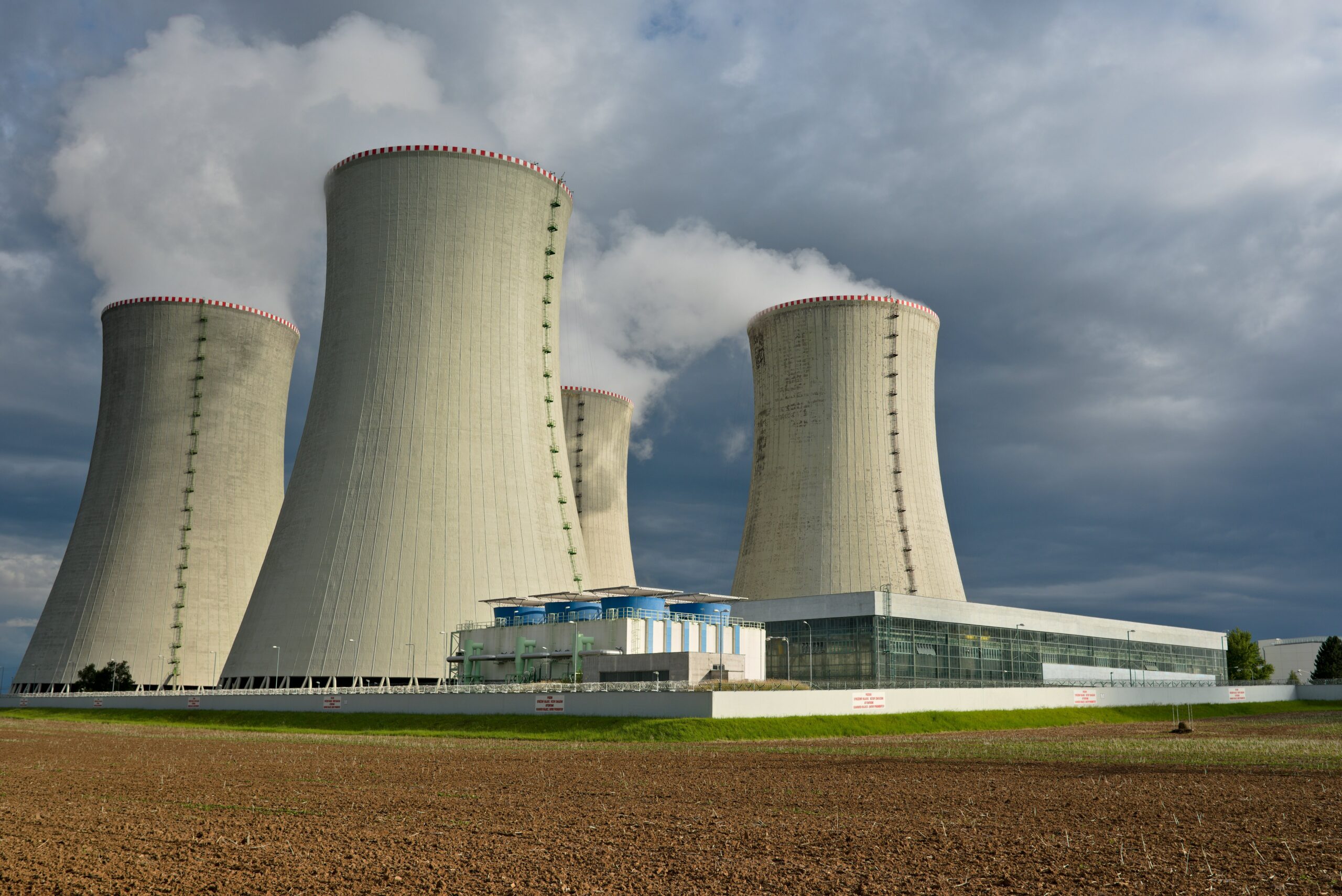
Businesses from many different industries use cooling towers for air conditioning, electric power generation, and manufacturing processes. However, there are a few issues that these companies must take into account when maintaining a cooling tower. To make sure that the tower’s integrity is maintained, chemical control is essential.
If the water in a cooling tower is contaminated, the tower’s efficiency will worsen, which results in higher operating costs. The most common contaminants that are present in cooling tower water are total dissolved solids, which include everything from calcium to bicarbonates. If TDS concentration is high, the water should be treated if you want to avoid scale buildup and similar problems.
When TDS levels are high, you’ll also notice that the water’s pH balance is low, which means that the water is acidic. Once contaminants have been removed, the water’s pH should increase, which leads to the water becoming more alkaline. The wrong pH balance could cause extensive damage and corrosion to the cooling tower components. The following is an in-depth guide on removing total dissolved solids from water and the role that pH plays in this process.
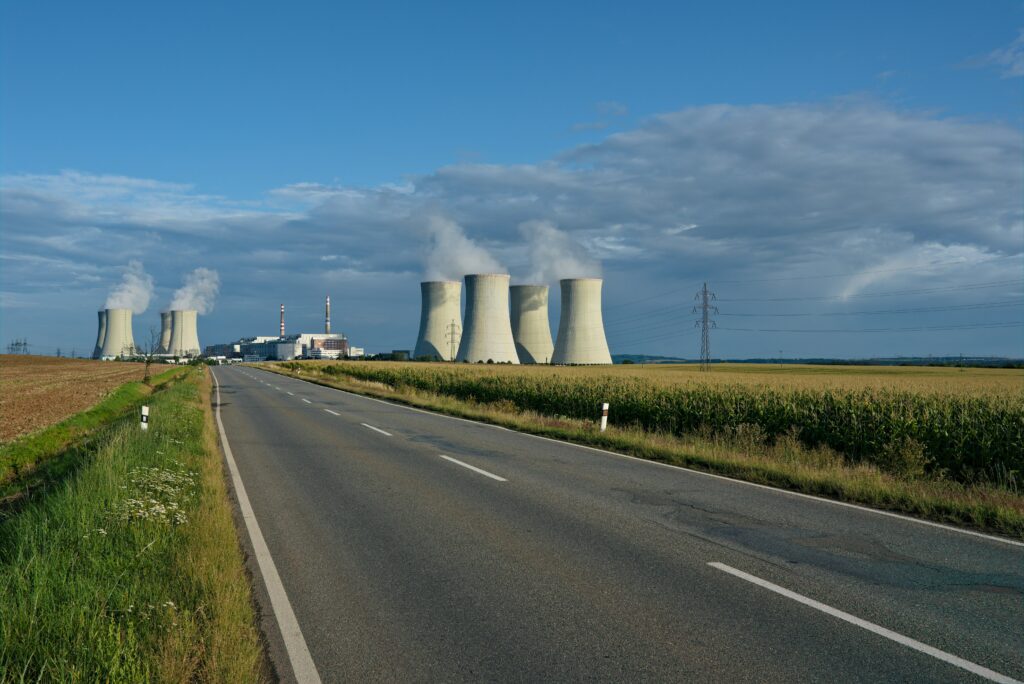
What Causes Unbalanced pH?
When cooling tower water is relatively clean and stable, it’s pH should be right around the neutral reading of 7.0. The water’s pH levels refer to the balance of hydronium and hydroxide in a water-based solution. This reading determines how alkaline or acidic the water is. If water is more alkaline, it will contain high amounts of hydroxide and have a higher pH reading. Acidic solutions consist of large amounts of hydronium as well as a low pH.
Cooling tower water can have an unbalanced pH if the water isn’t pure and free and contaminants. Most of the process water that’s used in a cooling tower is comprised of high levels of dissolved minerals, which leads to the tower water’s pH changing by a considerable amount. If these minerals accumulate without being filtered out of the water, scale may develop on the internal surfaces within the cooling tower.
The mineral that usually accumulates in cooling towers is calcium carbonate, which develops because of reactions from heat, bicarbonate, and calcium. Calcium carbonate usually leads to an increase in the water’s pH. You can effectively reduce pH levels by placing such acids as sulfuric acid, hydrochloric acid, and ascorbic acid in the water. However, these acids may damage some of the surfaces in your cooling tower.
The optimal pH ranges can vary with cooling towers since the type of material the tower is made from determines what the water’s pH should be. For instance, the preferred pH range for galvanized steel is around 6.5-9.0. In comparison, the ideal pH range for 316 stainless steel is 6.5-9.5. Iron is exceedingly soluble in water, which means that the metal can be corroded at pH levels of 9.0-11.5.
Total Dissolved Solids (TDS)
Total dissolved solids (TDS) is a reading that’s used to identify the concentration of various dissolved substances in a sample of water. The types of substances that are counted in TDS readings include inorganic salts and certain organic matter. Some of the more common inorganic salts include potassium, sodium, calcium, and magnesium, all of which are cations. Other dissolved solids like bicarbonates, carbonates, sulfates, chlorides, and nitrates are known as anions. An anion is negatively charged, while a cation is positively charged.
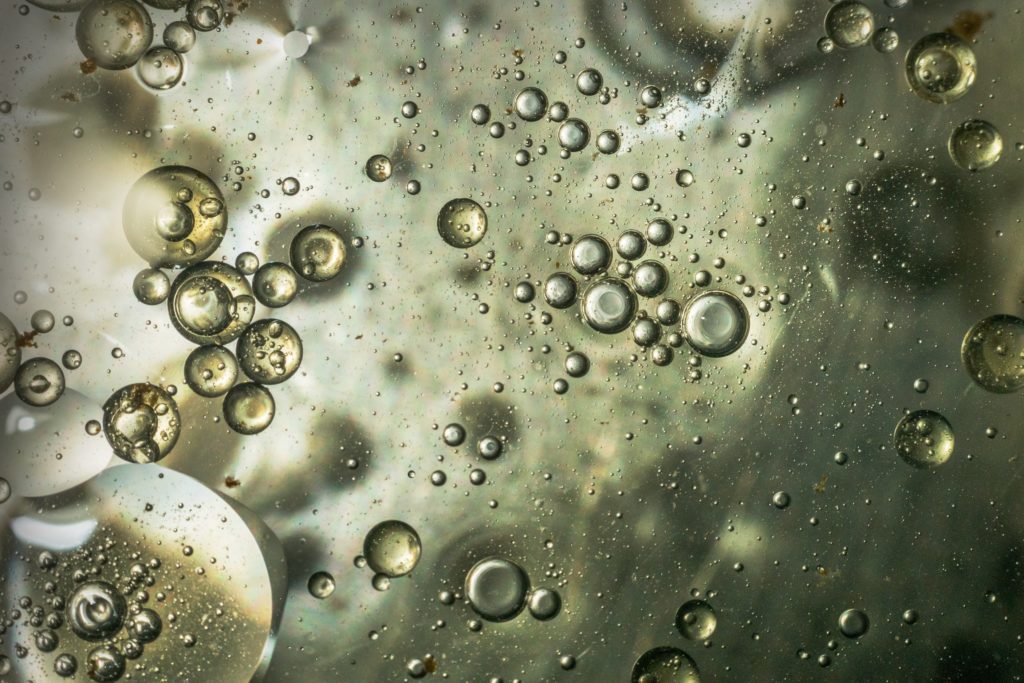
pH Monitoring
Cooling tower water should maintain a specific pH range of 6.5-7.5 if you want to avoid scale development along the tower surfaces. When the concentration of minerals is too high, the water may need to be treated with acid solutions or other non-acid treatments. Since process water can contain high mineral concentrations, cooling tower operators are tasked with consistently monitoring pH levels to make sure that they don’t fall outside the optimal range.
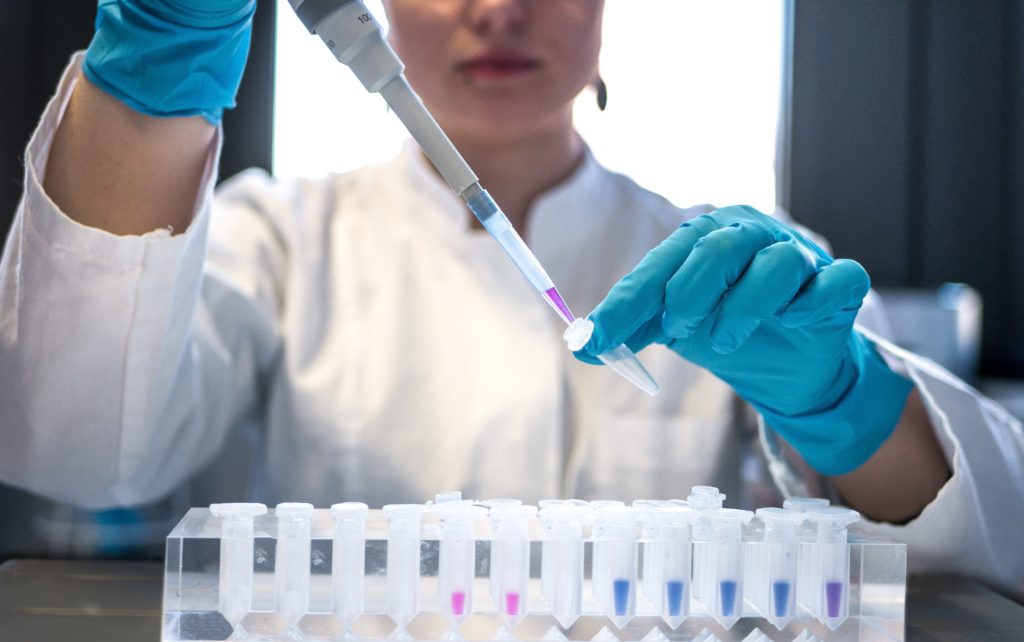
Which Water Treatments Work and Which Cause Complications?
Not every water treatment works in every cooling tower. As an example, acid treatments are highly effective at reducing the pH of water in some cooling towers. However, it’s not always the right solution depending on the material the cooling tower is made of.
It was once common for alkalinity to be lowered by placing sulfuric acid in the water, which can lead to the creation of carbon dioxide. Some facilities also chose to add sodium dichromate to the water, which resulted in the creation of hexavalent chromium, which is toxic.
Since that time, acidic treatments have become considerably less popular and have been largely replaced by various chemical treatments. Alkaline phosphates are still widely used in cooling towers today. A relatively recent treatment that’s been increasing in popularity involves a polymer solution.
Why Is It Important to Optimize the pH Balance of Cooling Tower Water?
If you want to prevent corrosion and scale in a cooling tower, it’s essential that you maintain balanced pH levels. In most cases, maintaining pH levels between 6.5-7.5 should allow you to avoid scale buildup. Keep in mind that some of the non-acidic treatments that can be used in a cooling tower may increase the water’s pH slightly.
Even if your facility is able to maintain the correct pH levels, other issues could develop. For one, chlorine is unable to properly kill microbes in alkaline water with pH readings that are higher than 7.5. If the tower water consists of microbial life, chlorine dioxide may be more effective than chlorine when treating the water.
It’s possible to protect against corrosion for towers made from copper, steel, or stainless steel by increasing the water’s pH to at least 8.5. Even though high alkaline readings can lead to scale buildup, corrosion should be prevented for most metals. If the pH readings move outside of the ideal range, the issues that you’ll need to contend with include:
- White rust – White rust can develop in cooling towers made from galvanized steel if pH levels rise above 8.3.
- Iron corrosion – Any iron alloys or iron in the water can cause corrosion at pH levels of 7.5-8.0.
- Aluminum corrosion – The possibility of aluminum corrosion increases if pH levels go above 8.0.
- Pollutant corrosion – In urban areas, tower water may come into contact with gases that are known to cause acid rain, which makes the water highly corrosive.
If pH levels in a cooling tower aren’t balanced, the cooling tower itself can be damaged, which is why it’s highly recommended that you focus on controlling and correcting these issues. Consistently monitoring the water’s pH levels should make it easier for you to maintain pH.
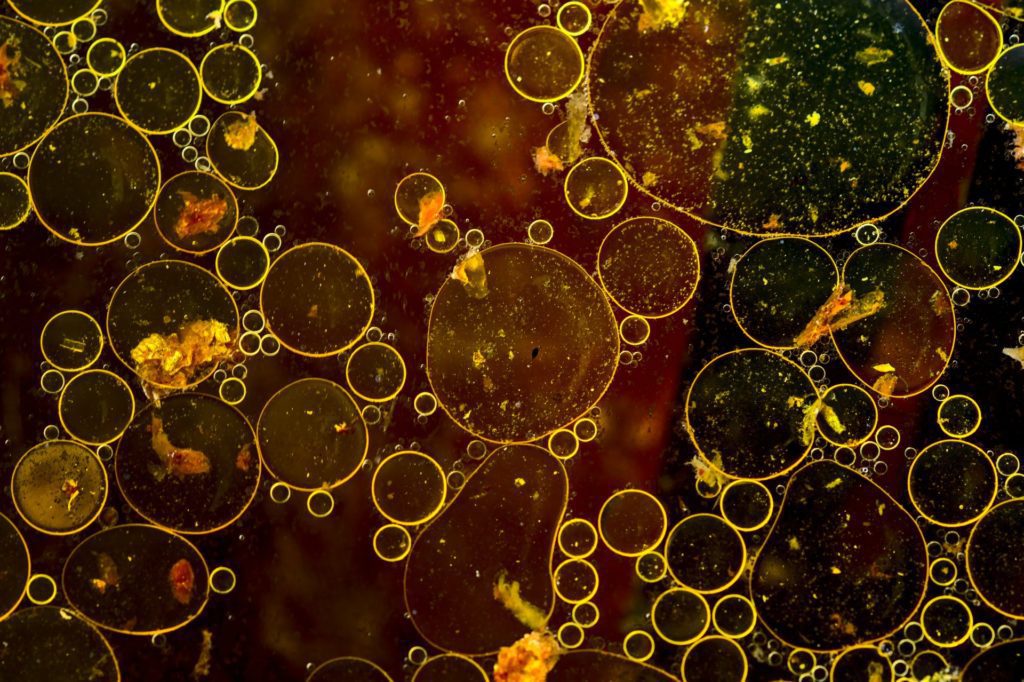
What You Can Do to Balance Tower Water pH
There are numerous steps you can take to balance the pH of tower water, which include everything from identifying current water quality to automating your processes.
1. Determine Water Quality
The first thing you should do is measure the water’s hardness, conductivity, alkalinity, and pH. These measurements provide you with a baseline that determines what treatments you’ll use. As mentioned previously, pH levels help you identify if scale formation will occur.
Hard water occurs when calcium and magnesium levels are high in process water. These minerals are known to solidify and can deposit in areas with higher temperatures. As for alkalinity, high concentrations of alkaline can neutralize acids and increase the water’s pH levels. Bicarbonate, carbonate, and hydroxide are three of the more common alkaline minerals present in cooling tower water.
Conductivity refers to the total concentration of minerals in water. Higher mineral levels equate to a higher risk of corrosion and scale buildup. Increasing blowdown rates may lower conductivity readings.
2. Establish Target Cycles of Concentration
You should establish target cycles of concentration, which requires you to first identify the quality of your makeup water. Cycles of concentration can be calculated with the following formula:
Makeup volume ÷ blowdown volume = cycles of concentration
With this formula, you can determine what your tower’s COC is. Keeping track of this metric allows you to know if the facility you operate out of is currently losing water. While higher COC leads to the buildup of more dissolved solids, it also increases your cooling tower’s water efficiency. You can increase efficiency without raising COC. You could also increase COC without causing solids to accumulate by raising COC to six, which reduces makeup water by around 20% and blowdown by upwards of 50%.
3. Monitor COC and Water Performance
Make sure that you monitor your tower’s COC and water performance by checking the water’s chemical balance. Always use real-time monitors for this process, which gives you the ability to obtain immediate and accurate info. The data you receive should help you prevent corrosion and scale formation.
4. Automate Your Processes
Try to lower the amount of chemicals you apply to the tower’s water with the installation of automated chemical dispensers. These dispensers are able to regulate the water chemistry without manual inputs. Some of the devices you should consider installing in the cooling tower include:
- Flow meters
- Drift eliminators
- Conductivity controllers
- pH monitors
5. Protect Your Equipment
After you’ve installed new equipment, it’s essential that you take steps to protect this equipment. Regardless of how advanced your chemistry monitoring devices are, corrosion can occur. Make sure that you obtain regular inspections throughout the cooling tower, which will tell you if your chemical control devices and monitoring equipment are in good condition.
6. Work With Your Vendor
If your company has hired a water treatment provider, provide them with the correct chemical ranges that you’d like your cooling tower water to be maintained at. All of your expectations should be communicated before treatment takes place. Reputable water treatment providers typically create custom plans that help clients keep scale and corrosion at bay while also balancing pH levels.
If you want your cooling tower to be as efficient as possible, pH levels must be maintained to ensure that TDS concentrations remain low. If TDS levels are high, scale could form on the interior walls. Equipment could also become corroded. Regularly monitoring pH levels allows you to make immediate corrections when pH readings fall outside the optimal range.
Posted by Dominic O'Donnell on November 14, 2022
Sensorex is a global leader in the design and manufacture of quality sensors for water quality and process applications. The company offers more than 2000 sensor packages for pH, ORP, conductivity, dissolved oxygen, free chlorine, chlorine dioxide, UV transmittance and other specialty measurements, as well as a full line of sensor accessories and transmitters. Its expert technical support engineers solve analytical sensor challenges with custom designs and off the shelf products.




